Iraq emerges as a top Arab power producer, leading regional electricity generation in 2025. Iraq’s rise as a top Arab power producer demonstrates strong investment and strategic growth in the energy sector.
According to the Arab Investment and Export Credit Guarantee Corporation (Dhaman), Iraq will remain among the leading electricity producers as regional output surpasses 1,500 terawatt-hours by the end of 2025. Moreover, along with Saudi Arabia, Egypt, the UAE, and Algeria, Iraq will account for nearly three-quarters of total Arab electricity generation.
Electricity demand across the region is also rising, expected to reach almost 1,300 terawatt-hours this year. Gulf and North African economies largely drive this growth, emphasizing the need for continuous investment in power infrastructure. Dhaman reported that the Arab electricity and renewable energy sector attracted 360 foreign investment projects worth over $351 billion from 2003 to 2024. These projects have created more than 83,000 jobs.
Iraq has also strengthened its role in the regional power equipment trade. Iraq, along with the UAE, Saudi Arabia, Morocco, and Qatar, accounts for over 80 percent of electricity equipment flows in Arab nations. Experts project that average per capita generation will reach 8,600 kilowatt-hours in 2025 and will continue growing through 2030.
Investments in Iraq’s energy sector support both economic growth and job creation. Consequently, the country not only produces electricity but also drives innovation and regional trade in power technology. Moreover, Iraq’s energy strategy emphasizes renewable sources alongside traditional generation to meet rising demand efficiently.
In conclusion, Iraq’s rise as a top Arab power producer highlights its growing influence in the regional energy market. Strategic investments and expanding electricity infrastructure help Iraq strengthen its role as a key regional energy player. This rise also boosts Iraq’s economic resilience and supports sustainable development goals.
Furthermore, Iraq plans to invest in renewable energy projects, including solar and wind farms, to diversify its energy mix. These efforts will create jobs, improve grid reliability, and ensure sustainable growth for the future.



